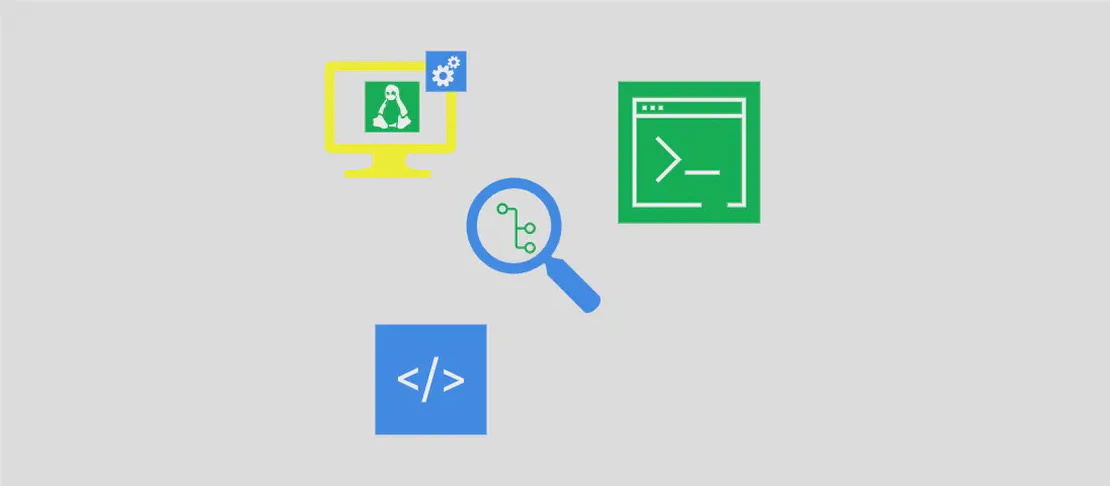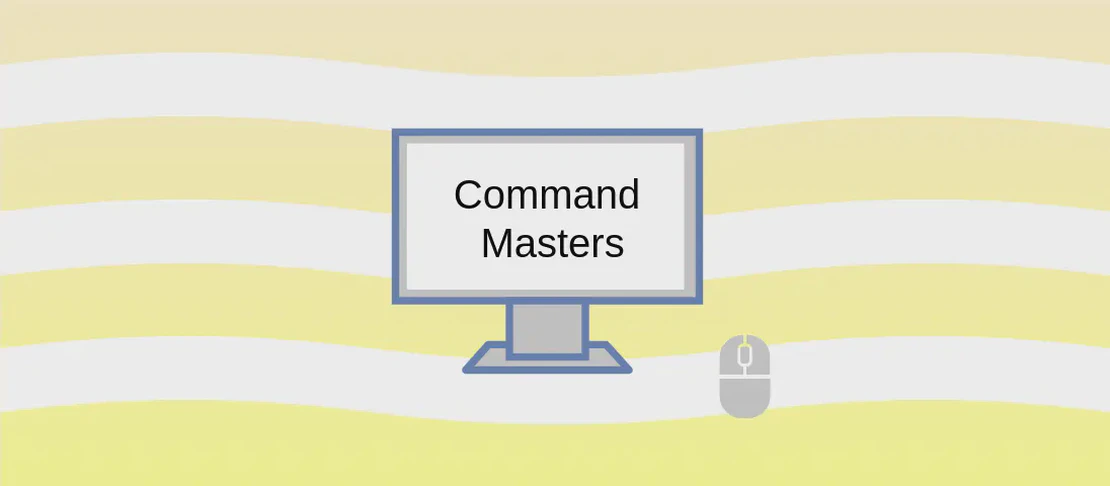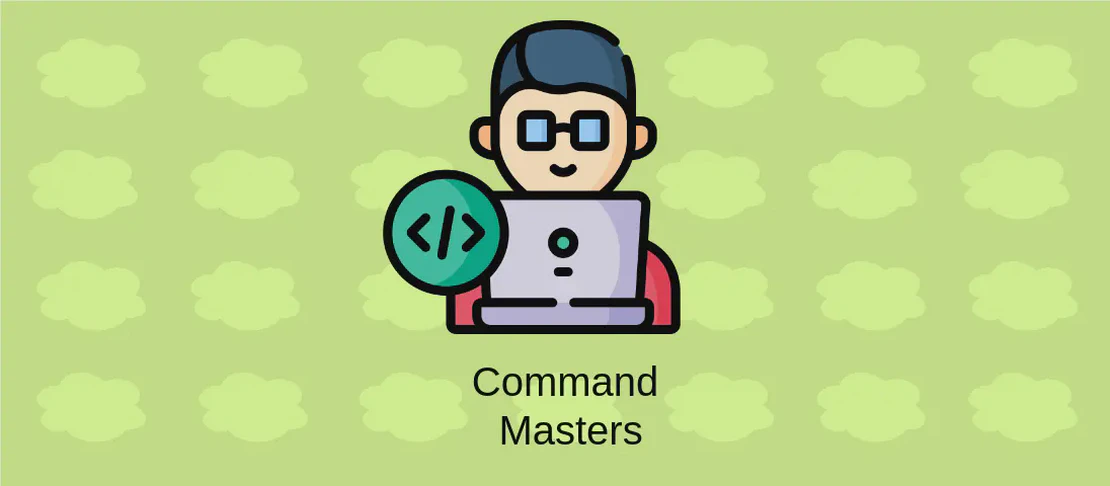
How to Use the Command 'mpg123' (with Examples)
- Linux
- December 17, 2024
The mpg123 command is a console-based MPEG audio player used to play MP3 audio files directly from the command line interface. Its simplicity and efficiency make it a popular choice for users who prefer utilizing terminal applications or those who are managing audio playback on headless systems (systems without a graphical user interface). mpg123 provides a variety of controls for navigating through audio tracks and streaming audio data from files or standard input.
Use Case 1: Play the Specified MP3 Files
Code:
mpg123 path/to/file1.mp3 path/to/file2.mp3 ...
Motivation:
This use case is particularly beneficial when you have a list of MP3 files that you want to play sequentially. It enables efficient and straightforward playback of multiple audio tracks with a single command.
Explanation:
mpg123: The command-line tool used to initiate audio playback.path/to/file1.mp3 path/to/file2.mp3 ...: A list of one or more paths leading to the MP3 files you intend to play. By specifying each file,mpg123understands the sequence in which the files should be played.
Example Output:
High Performance MPEG 1.0/2.0/2.5 Audio Player for Layers 1, 2 and 3
Version 1.26.4; Written and copyright by Michael Hipp and others
free software (LGPL) without any warranty, basing on mpg123 0.59r
Playing MPEG stream 1 of 2: file1.mp3 ...
Title: Example Song 1 Artist: Sample Artist
...
Playing MPEG stream 2 of 2: file2.mp3 ...
Title: Example Song 2 Artist: Sample Artist
...
Use Case 2: Play the MP3 from stdin
Code:
cat file.mp3 | mpg123 -
Motivation:
Using this method is advantageous when you want to stream an MP3 file’s contents directly to mpg123 without needing to specify a file path explicitly. This can be useful in scripting or automation where direct file manipulation is preferred.
Explanation:
cat file.mp3: This command reads the contents of thefile.mp3.|: A pipe that channels the output of the left command as input to the right command.mpg123 -: The-indicates that the input will be read from the standard input rather than a file.
Example Output:
Playing MPEG stream from stdin ...
Title: Example Song Stream Artist: Streaming Artist
Use Case 3: Jump Forward to the Next Song
Code:
f
Motivation:
This command is critical when you are manually intervening in the playlist to skip to the next track. Perhaps you have encountered a song that you are not in the mood to listen to, or you want to ensure a specific track starts right away.
Explanation:
f: A keyboard command used during playback to skip to the next track in the playlist.
Example Output:
Jumping to next track...
Playing MPEG stream 2 of 2: file2.mp3 ...
Title: Example Song 2 Artist: Sample Artist
Use Case 4: Jump Back to the Beginning of the Song
Code:
b
Motivation:
If you want to replay the current song from the start, perhaps to appreciate a particular segment again, this command offers a quick and effective solution to reset to the beginning.
Explanation:
b: A keyboard command allowing the replay of the current track from the beginning.
Example Output:
Restarted playing: Example Song 1 by Sample Artist
Use Case 5: Stop or Replay the Current File
Code:
s
Motivation:
This plays a useful role when you need a pause in audio playback for any reason. It could be useful during a lecture or meeting, where you pause the playback until you are ready to resume.
Explanation:
s: A keyboard shortcut to toggle between stopping and replaying the current audio playback.
Example Output:
Stopping/restarting current track: Example Song 1
Use Case 6: Fast Forward
Code:
.
Motivation:
Efficient for users who need to skip ahead within a song or speech. Fast-forwarding can be particularly useful for lengthy files where only a specific part is of interest.
Explanation:
.: A key press that signals mpg123 to advance quicker through the audio file by an unspecified increment.
Example Output:
Fast-forwarding within current track...
Use Case 7: Quit
Code:
q
Motivation:
This is the ultimate command for closing the mpg123 program when you’re done listening. It is designed to swiftly terminate playback with minimal effort.
Explanation:
q: A direct quit command for terminating the audio player gracefully.
Example Output:
Goodbye from mpg123!
Conclusion:
mpg123 is a versatile command-line audio playback tool, offering a range of functionalities for managing and interacting with MP3 files through simple commands. Whether you need to manipulate audio tracks directly from the terminal or incorporate it into a script for audio automation, mpg123 provides efficient solutions for varied audio playback tasks.


